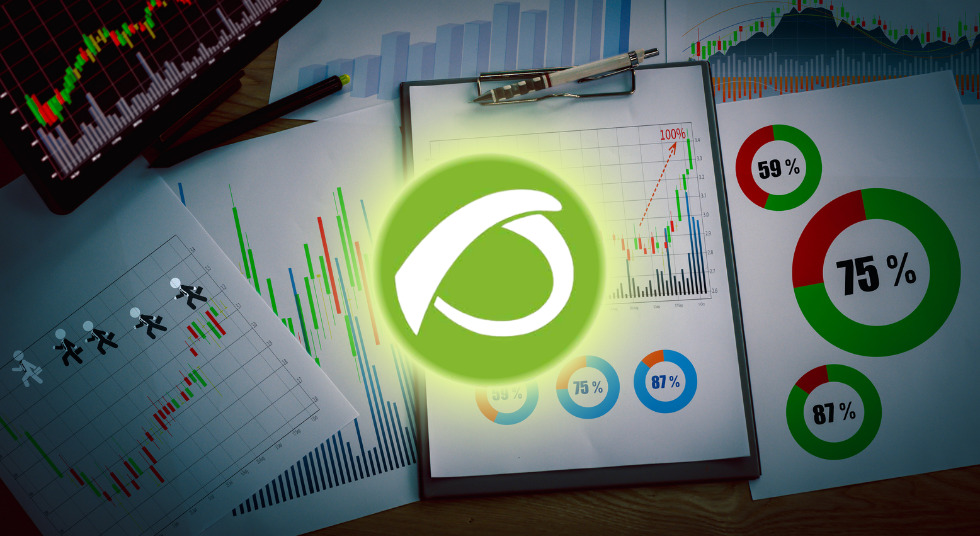What Makes Application Performance Monitoring (APM) So Important?
Recently, it seems like tech companies are coming out with new hardware, software and applications on a daily basis, making it a little hard to keep up with the most current development trends. This is especially important when it comes to application monitoring because it can drastically affect your business as well as the usability of the applications you employ on a daily basis.
Pandora FMS wants to offer you some insight into why monitoring is so important, so take a look!
What Exactly is APM?
In the simplest sense, APM is the monitoring of the performance of applications to ensure the very best user experience and minimize availability issues. Traditionally, application performance monitoring was solely devoted to the development phase of an application, fixing any bugs or issues before an application was launched to the public. Unfortunately, with the rate of new technology being developed and implemented, that’s no longer the case.
What’s the Importance of APM?
- Increased Development & Demand: These days, many businesses are developing applications to be available anywhere, anytime, on any type of device. Due to such demands, application monitoring has become front and center in the IT world. This is also because many applications have become more complicated and wider-distributed. There have also been many format changes that affect them, for example, cloud-based computing services.
- Diverse Platforms: As mentioned above, applications need to function anytime, anywhere, and from any device. This means applications need to be properly optimized and monitored for everything from tablets to laptops and cell phones. Each hardware and software platform has its benefits and limitations, all of which need to be closely monitored to provide the very best user experience.
- Complex Development: With enhanced technology, comes more complex development processes that need constant monitoring. APM updates you on a variety of things, like bandwidth usage, memory demands, CPU utilization, data throughput, and more.
- Business Continuity: You want your company’s application to be reliable because this builds trust with your customers. This makes APM such an important aspect of your business. A disruption in an app can ultimately cost you users, customers, and money. The organizational tools and reports provided by reliable APM software can not only minimize issues but also help you increase efficiency, thus building your bottom line.
Obtaining Key Insights through Application Monitoring
When it comes to application monitoring services, there are some key tools you can use to obtain insight into issues and make adjustments as needed. By monitoring and analyzing each technology from the inside out, as well as identifying the key resources, processes, and services a particular application needs, your IT team can avoid major issues with the different applications and technology you’re using.
Some of the best ways to obtain these types of insights include employing:
- Remote Monitoring: Remote monitoring enables users to obtain information about a particular application or technology remotely, without the need to install any additional software. This is done by utilizing different protocols to perform remote checks over the network.
- SNMP Solutions: Another way to get important data about your system’s resources or any issues with machines, bottlenecks, CPU use, server memory, or stress points is by utilizing SNMP solutions if they’re available. This is one of the most commonly deployed network monitoring protocols.
- ICMP Latency: One of the easiest ways to determine whether a particular service is available and running is by ICMP latency and availability checks. This provides users key data to determine if there’s been an event that’s caused a slow response time in your network, or anytime a server crashes or disconnects, causing a degradation of service. The most common way this is done is by creating a “Host Alive” check by pinging the server to determine whether or not everything is functioning normally, then using that same ping to develop a “Host Latency” check to determine any network latency issues.
- WMI Solutions: To monitor a Windows application server remotely, WMI checks will suffice. This is because this particular type of protocol will retrieve all of the necessary data, collecting everything from resource status (disc space, CPU, memory, etc.) to services and processes. However, to run the check you’ll need to provide operating system credentials.
- Local Monitoring: Also known as agent-based monitoring, local monitoring is done by installing a software component onto your server that runs in the background, collecting data then sending out that data at a specified time. Often, specific credentials will be required to retrieve information and access applications. However, local monitoring is often simpler and can provide more accurate results than remote monitoring, although it can take some skill to extract such fine data.
- Technology-Specific Protocols: To use technology-specific tools, you’ll need to know and understand the application you’re monitoring inside and out, as well as how it packages and sends out data. You can perform such protocols by monitoring specific ports on your webserver to determine whether they’re listening in or not and comparing this data to check availability and load times on websites. You can also run more advanced checks remotely from IPs where MySQL is listening in, to perform security checks and other services.
High-end application monitoring from Pandora FMS
If you’re in need of a high-end application performance monitoring solution, the team from Pandora FMS would love to tell you more about our services. Our software enables businesses to monitor enterprise applications at all levels, so contact us online today or call +1 (305) 900-6683.
We also specialize in server monitoring software, SAP monitoring, and much more, so contact us today!
Pandora FMS’s editorial team is made up of a group of writers and IT professionals with one thing in common: their passion for computer system monitoring. Pandora FMS’s editorial team is made up of a group of writers and IT professionals with one thing in common: their passion for computer system monitoring.
















